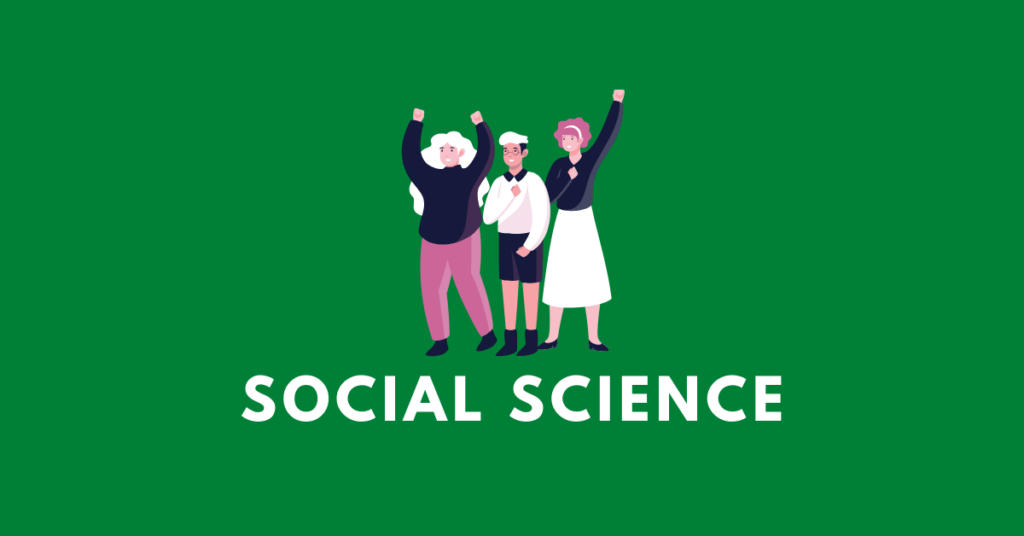We have provided solutions and short introductions of all the NBSE Class 10 Social Science chapters for students studying under Nagaland Board. Click on the link mentioned under each chapter to get the answers to that chapter. However, the study materials should be used only for references and nothing more. The notes can be modified/changed according to needs.
Select the chapter you need the notes for
| Unit I: India and Contemporary Worlds |
| Chapter 1: Rise of Nationalism in Europe |
| Chapter 2: Nationalist Movement in Indochina |
| Chapter 3: Nationalism in India |
| Chapter 4: Trade and Globalisation |
| Unit II: Resources (India) |
| Chapter 5: Resources |
| Chapter 6: Power Resources |
| Chapter 7: Agriculture |
| Chapter 8: Manufacturing Industries |
| Chapter 9: Transport and Communication |
| Chapter 10: Map Reading |
| Unit III: Democratic Politics |
| Chapter 11: Working of Democracy |
| Chapter 12: Power Sharing Mechanism in Democracy |
| Chapter 13: Competition and Contestations in Democracy |
| Chapter 14: Outcomes of Democracy |
| Unit IV: Understanding an Economy |
| Chapter 15: Development |
| Chapter 16: Money and Financial System |
| Chapter 17: Role of Service Sector in Indian Economy |
| Chapter 18: Consumer Awareness |
| NAGALAND NOTES |
About NBSE Class 10 Social Science textbook
The NBSE Class 10 Social Science textbook covers a diverse range of topics in history, geography, economics and political science. The history chapters provide an overview of nationalism in Europe and Asia, tracing the rise of nationalist movements in India, Indochina and Europe from the 18th to the 20th centuries. The geography chapters discuss resources, agriculture, industries and transport in India along with issues like sustainability and environmental impacts. Students also learn map reading skills.
The economics portion explains trade, globalization, the banking system, the service sector and its contribution to GDP and employment. There are chapters on consumer awareness about rights, responsibilities and protection. The political science chapters cover the working of democracy, power sharing mechanisms, role of political parties, outcomes of democracy, and challenges to democracy. Concepts like federalism, decentralization, electoral systems are discussed in the Indian context.
The textbook aims to build a well-rounded understanding of history, geography, economics and civics among Class 10 students. The chapters are designed systematically to connect conceptual knowledge with real-world contexts. The text equips students with a strong base for higher secondary education in social sciences. It uses India-centric examples to make the concepts relatable. Each chapter includes case studies, activities, diagrams and maps to aid learning. The diverse topics help develop analytical skills, social awareness and values amongst students.

Ron’e Dutta is a journalist, teacher, aspiring novelist, and blogger. He manages Online Free Notes and reads Victorian literature. His favourite book is Wuthering Heights by Emily Bronte and he hopes to travel the world. Get in touch with him by sending him a friend request.
Get notes of other boards, classes, and subjects

Really helpful! The notes are also simple and easy to catch up!
Thank you.
Very helpful
Its very helpful for students career
Very good and helpful
I think i’ll get top this year?️?
thank u so much. You guys are superheroes :3
mwuah<3
Bro got top?
Almost there ?
This website is really helpful ?
It’s very helpful especially during this pandemic
Thanks again????
Thank you for the website. It helps me find my notes and it is easy to memorise.
A very helpful notes
The best site of notes which I prefer is online free notes ?